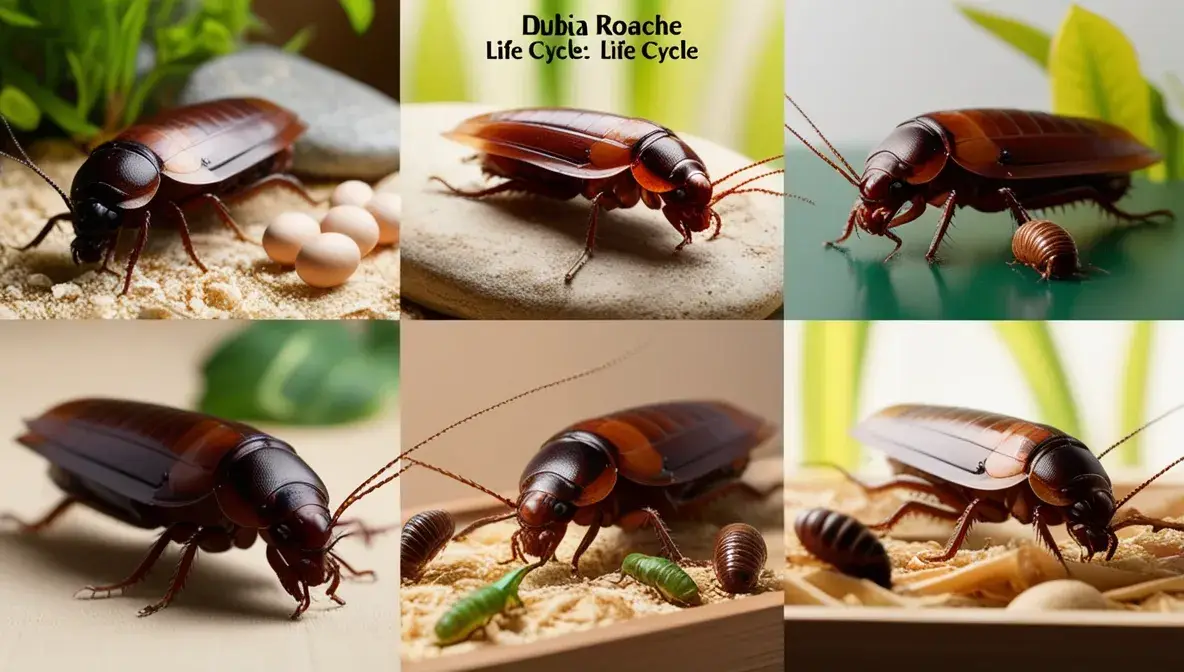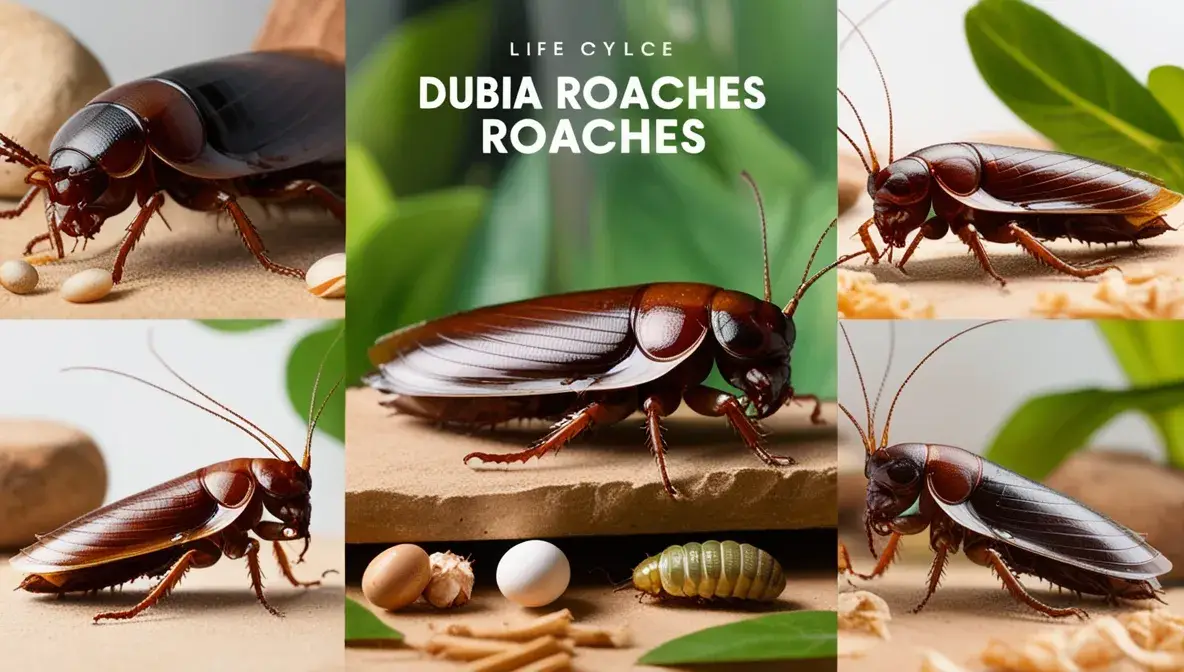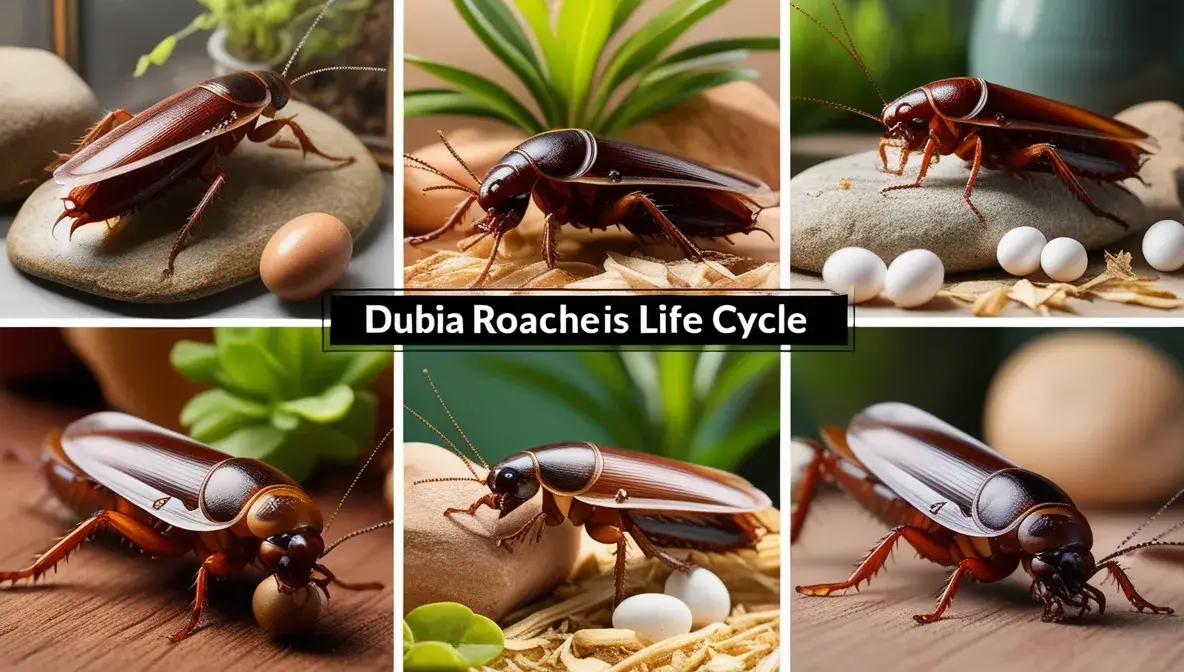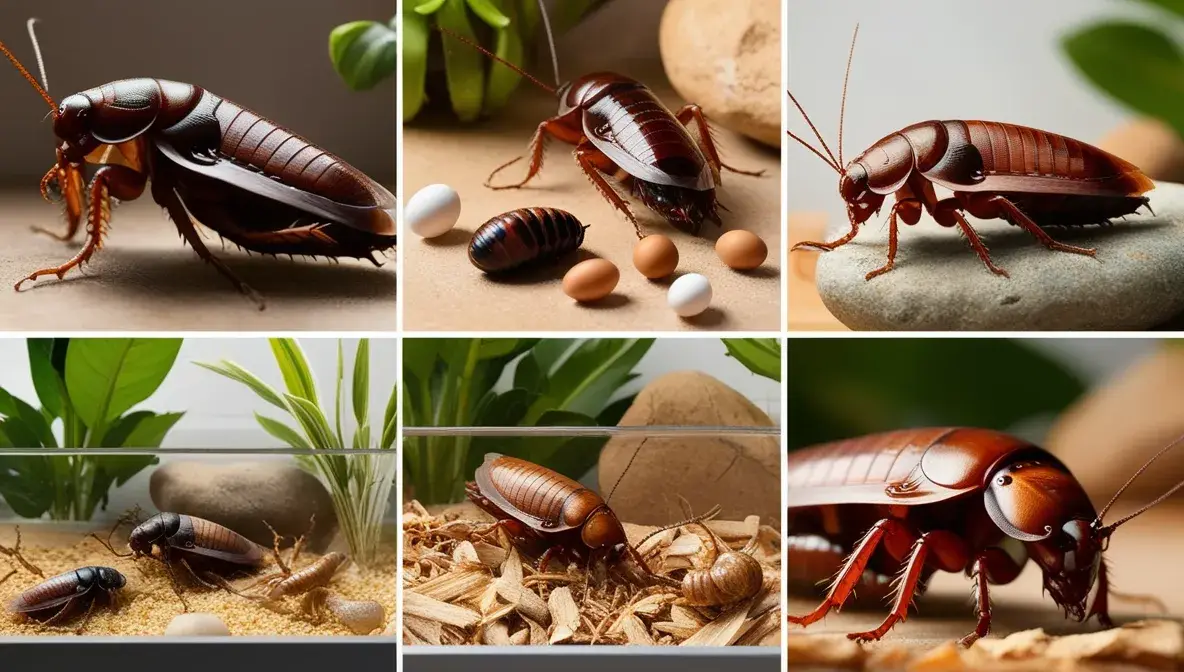How to Get Dubia Roaches to Breed might sound like a niche topic, but if you’re a reptile owner, it’s a game-changer. Imagine never running out of nutritious, high-quality feeder insects for your pets while saving money in the process. Breeding Dubia roaches at home is easier than you think, and it’s a skill that pays off big time for your scaly friends.
Whether you’re tired of constantly buying feeder insects or just want to take your reptile care to the next level, this guide is for you. We’ll break down everything you need to know—step by step—to create a thriving Dubia roach colony. Ready to become a roach-breeding pro? Let’s dive in!
Why Breed Dubia Roaches?

Before diving into the specifics of breeding, let’s explore why Dubia roaches are worth the effort. These roaches are a superior feeder insect for reptiles like bearded dragons, geckos, and chameleons. They are rich in nutrients, easy to digest, and can be gut-loaded to enhance their nutritional value.
Breeding Dubia roaches at home offers several advantages:
- Cost-Effective: Purchasing feeder insects regularly can add up. Breeding your own colony can significantly reduce expenses.
- Convenience: Having a steady supply of roaches ensures your pets never go hungry.
- Control Over Quality: You can manage the diet and health of your roaches, ensuring they are the best possible food source for your reptiles.
Setting Up the Perfect Dubia Roach Habitat

Creating the right environment is the first step to successful Dubia roach breeding. These roaches thrive in warm, humid conditions, mimicking their natural tropical habitat. Here’s how to set up their enclosure:
Choosing the Right Enclosure
Dubia roaches don’t require a lot of space, but they do need a well-ventilated container. A plastic storage bin with a secure lid works well. Drill small holes in the lid for airflow, but ensure they are small enough to prevent escapes.
Substrate and Hiding Spots
Dubia roaches prefer a dry substrate, such as egg crates or cardboard, which provides hiding spots and climbing surfaces. Avoid using soil or sand, as these can retain moisture and lead to mold growth.
Temperature and Humidity Control
Dubia roaches breed best in temperatures between 85°F and 95°F (29°C–35°C). Use a heat mat or ceramic heat emitter to maintain this range. Humidity should be kept around 40%–60%. Too much humidity can lead to mold, while too little can cause dehydration.
Feeding Your Dubia Roaches for Optimal Breeding

A nutritious diet is crucial for healthy roaches and successful breeding. Dubia roaches are omnivores and will eat a variety of foods. Here’s what to include in their diet:
Staple Foods
- Fresh Fruits and Vegetables: Apples, oranges, carrots, and leafy greens are excellent choices. These provide essential vitamins and hydration.
- High-Protein Foods: Offer grains, oats, or commercial roach chow to ensure they get enough protein.
Supplements
- Calcium and Vitamins: Dusting their food with calcium powder or reptile supplements can enhance their nutritional value for your pets.
Feeding Tips
- Remove uneaten food after 24–48 hours to prevent mold.
- Provide a shallow dish of water crystals or gel to keep them hydrated without the risk of drowning.
Creating the Ideal Breeding Conditions
Once your roaches are well-fed and housed, it’s time to focus on breeding. Here’s how to encourage reproduction:
Male-to-Female Ratio
A healthy colony should have a ratio of 1 male to 3–5 females. This reduces competition among males and ensures females are adequately fertilized.
Lighting and Darkness
Dubia roaches are nocturnal and prefer dark environments. Keep their enclosure in a dimly lit area, but ensure they receive a natural day-night cycle.
Patience is Key
Dubia roaches have a slower reproductive cycle compared to other feeder insects. Females carry their eggs (ootheca) internally and give birth to live nymphs after about 65 days. It may take several months to establish a self-sustaining colony.
Common Challenges and How to Overcome Them
Breeding Dubia roaches is relatively straightforward, but you may encounter a few challenges:
Slow Reproduction
If your roaches aren’t breeding, check the temperature and humidity levels. Low temperatures can significantly slow down reproduction.
Mold and Odor
Overfeeding or high humidity can lead to mold growth and unpleasant odors. Clean the enclosure regularly and remove uneaten food promptly.
Escapes
While Dubia roaches can’t climb smooth surfaces or fly, they can squeeze through small gaps. Ensure your enclosure is secure.
Frequently Asked Questions About Dubia Roach Breeding
Can Dubia roaches infest my home?
No, Dubia roaches require specific conditions to survive and reproduce. They cannot infest your home like common household pests.
How many roaches do I need to start a colony?
A starter colony of 10–20 adults (with a proper male-to-female ratio) is sufficient to begin breeding.
How long does it take to establish a breeding colony?
It can take 4–6 months to establish a self-sustaining colony, depending on the initial number of roaches and breeding conditions.
Conclusion: Mastering Dubia Roach Breeding
Breeding Dubia roaches is a practical and rewarding endeavor for reptile enthusiasts. By providing the right habitat, diet, and breeding conditions, you can create a sustainable source of nutritious feeder insects for your pets. Not only will this save you money, but it will also give you peace of mind knowing your reptiles are getting the best possible care.
Ready to start your Dubia roach colony? Follow the steps outlined in this guide, and you’ll be well on your way to becoming a successful breeder. If you found this information helpful, share your experiences in the comments below or explore our related posts on reptile care and feeder insect nutrition Drguidez.

Mark Manson is an expert blogger specializing in Dubia Roaches. He shares practical care tips, breeding insights, and feeding advice to help enthusiasts and reptile owners thrive.

